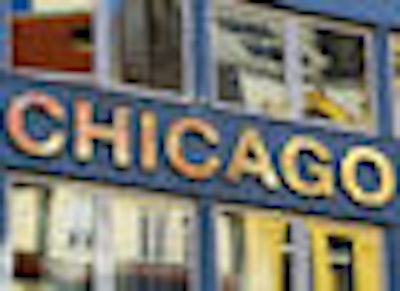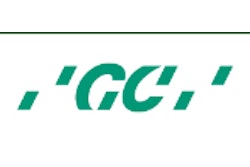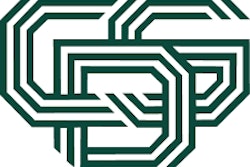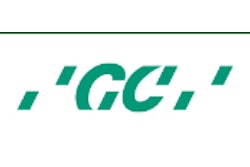
CHICAGO - To self-etch or total etch, that is the question.
At least it is for many in the dental community -- but not Gordon Christensen, D.D.S., M.S., Ph.D.
"I don't understand what all the hassle is over this," he told a roomful of dentists at the Chicago Dental Society Midwinter Meeting Thursday during his talk, "Controversies in Restorative Dentistry."
"We've done a lot of testing, and if I have some extracted teeth and we put some self-etching primer on them, we will get optimum strength -- in vitro," he said.
And even though in vivo tests show total etch to be stronger, Dr. Christensen still prefers to run with the herd. "Self-etch is by far the most popular [bonding approach] in North America," he noted.
Why? Tooth sensitivity.
Dr. Christensen listed several characteristics of the "ideal adhesive," including thin film thickness, no marginal discoloration, ease of use, reasonable shelf-life stability, radiopacity, bond strength, and moderate cost. Topping his list, however, was that the adhesive "eliminates postoperative tooth sensitivity."
"Surveys have shown that total etch dramatically increases tooth sensitivity," he said. "A lot of manufacturers will emphasize bond strength, but my first question is, 'Does it hurt?' "
The problem, he said, is that it's hard not to use too much acid.
Resin, resin, resin
Not surprisingly, Dr. Christensen expressed definitive opinions about other restorative materials as well.
"Amalgam? I'm not using it at this point because I've heard too many concerns that it causes everything from pancreatic cancer to hemorrhoids," he said. Rather, he prefers resin-based composites.
"Resin restorations, properly prepared and placed, are now excellent, state-of-the-art procedures," he said. "Previous challenges such as sensitivity and wear can be overcome with selection of proper materials, use of acceptable primers and bonds, and use of sectional matrices."
When it comes to cements, he prefers resin-based glass ionomers, such as RelyX Luting Plus from 3M ESPE and GC FujiCEM Automix from GC America, to resin cements.
"This is not a controversy outside North America," Dr. Christensen noted. "A moderate-strength cement is what we would like, and the resin-based glass ionomers have good strength. Also, the resins do not have the fluoride the glass ionomers have."
He also questioned the current "fetish" over leakage and microleakage associated with both resins and ionomers.
"Even long-lasting restorations leak like a sieve!" he said. "And the mouth and body seem to handle this OK."
When it comes to posts, Dr. Christensen once again favors resin-based composites over metal. The most popular, he said, are resin-based composite fiber-reinforced posts -- particularly the newer clear models, such as the D.T. Light-Post from Bisco and the ParaPost Lux from Coltène Whaledent, that enable light to travel down into the channel after the post is embedded to begin curing the cement more quickly.
"Pure titanium in a post doesn't turn me on because it's too malleable. But in a pin, it does turn me on," he said.
Finally, Dr. Christensen shared his thoughts on digital imaging and CAD/CAM -- most of them favorable.
"I've been using digital radiography for nine years now and would never go back," he said. "In fact, I just got myself a cone-beam [CT]. I had to trade in two kids and a Mercedes to get it ... but this technology is coming, and the price will go down."
Dr. Christensen also sees office-based CAD/CAM as an inevitable wave of the future, in conjunction with zirconia versus porcelain-fused-to-metal (PFM) restorations -- driven by increased patient demand for single-appointment indirect restorations. Zirconia frameworks are already rivaling PFM frameworks, he noted.
"With in-office CAD/CAM, your margins are as good as or better than a dental lab, and the materials are better," Dr. Christensen said. "Also, the time involvement is less, if you use your auxiliaries properly -- your assistant, hygienist, even a lab tech. But you have to like and want to use your staff."
Other advantages of in-office CAD/CAM include faster turnaround times, greater consistency and predictability, and potentially lower costs. "Five years from now, I think we'll all be using these," he concluded.
Copyright © 2009 DrBicuspid.com



















